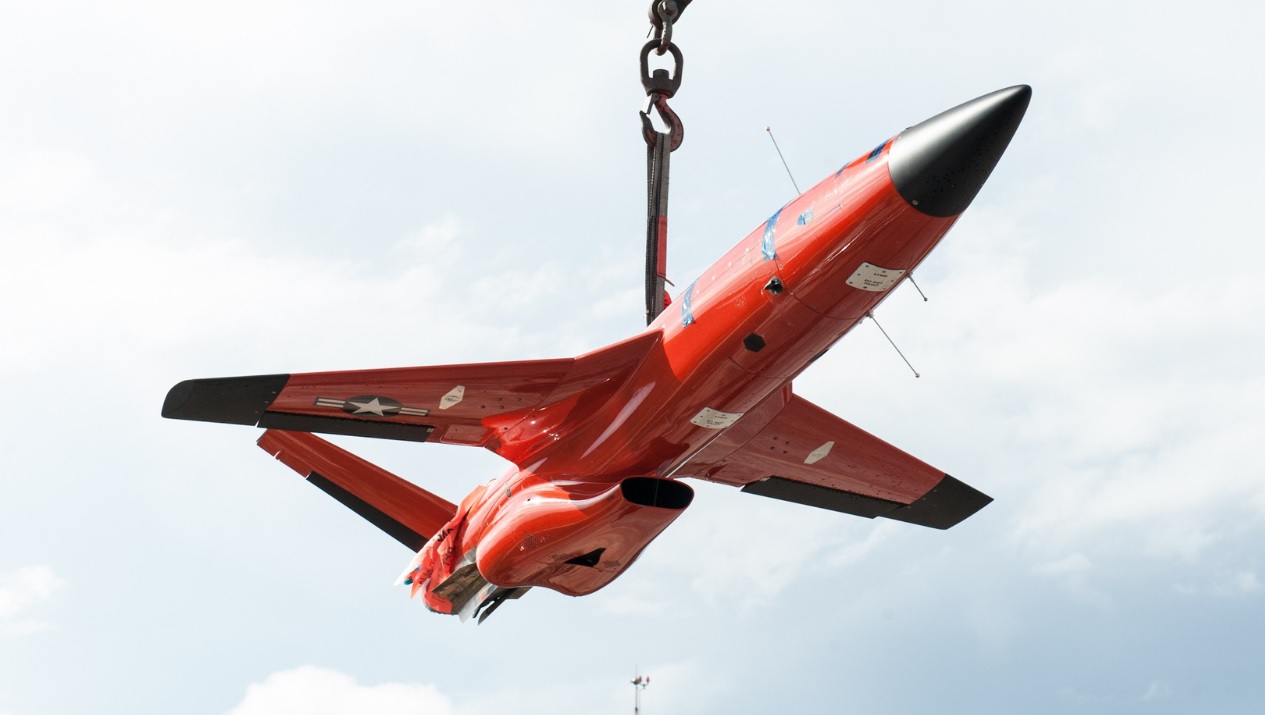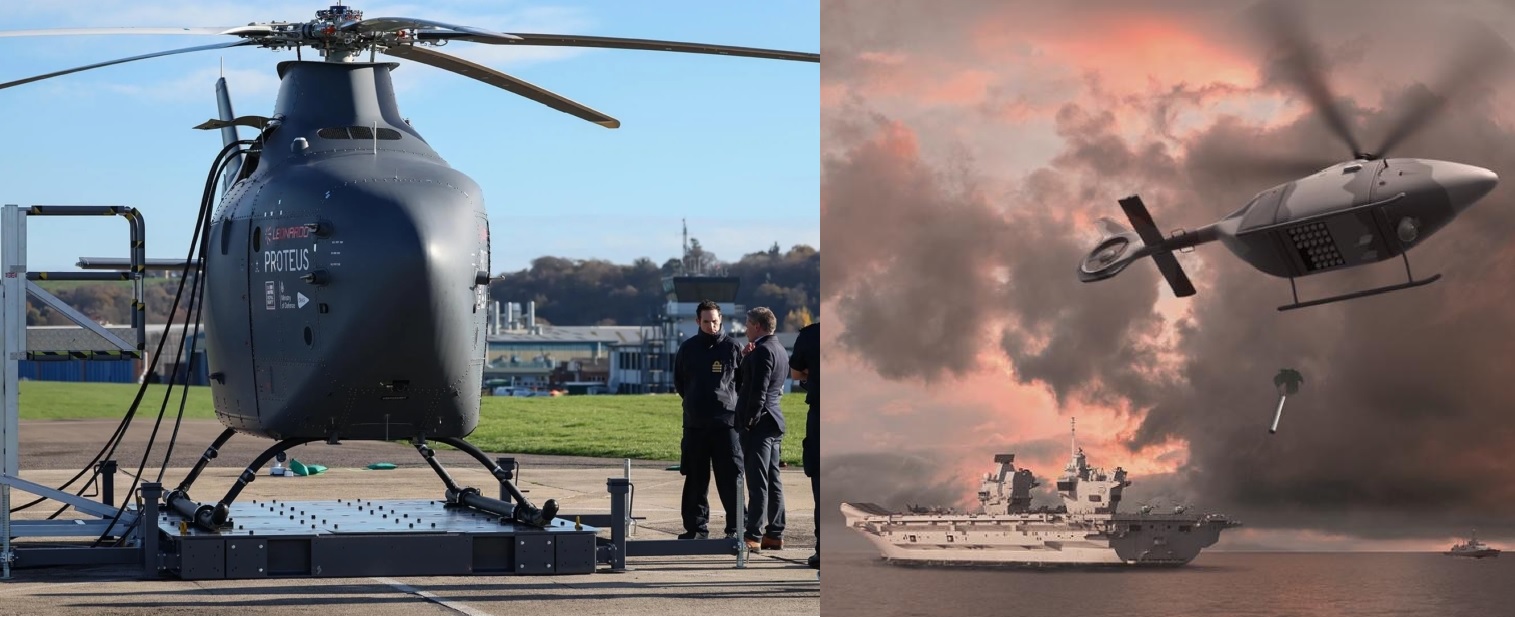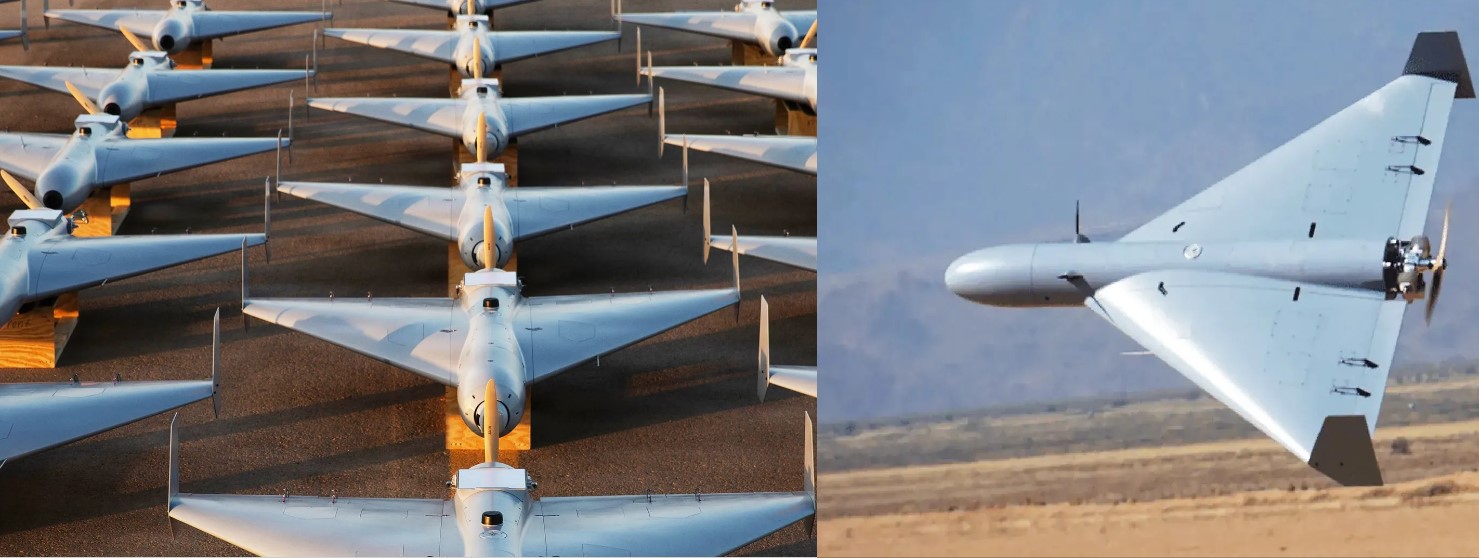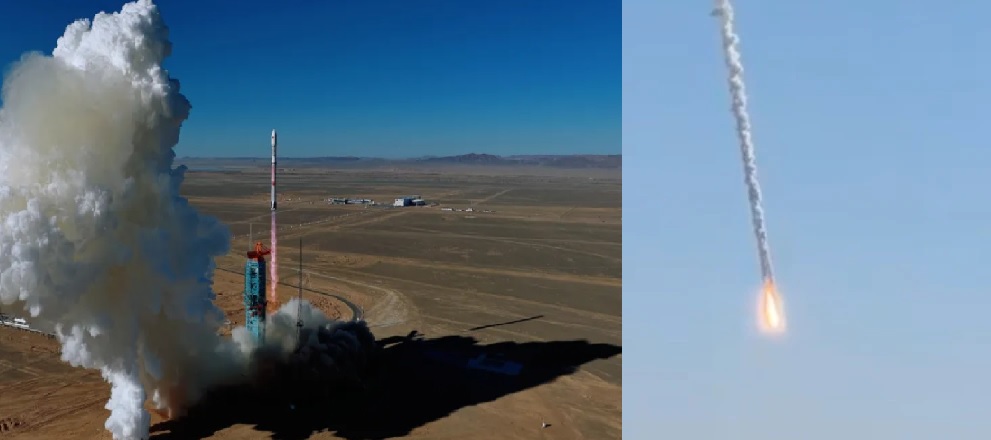Taiwan and Kratos Reveal Chingfeng IV: A Low-Cost Cruise Missile Drone Based on the Firejet

Taipei, Taiwan — Taiwan’s National Chung-Shan Institute of Science and Technology (NCSIST) has announced a new collaboration with U.S. defense technology company Kratos to create a low-cost cruise missile system derived from the MQM-178 Firejet target drone. The new weapon, named Chingfeng IV, is set to make its public debut this September at the Taipei Aerospace and Defense Technology Exhibition.
Unlike traditional government-commissioned projects, the Chingfeng IV is being developed as a joint demonstration initiative, with an eye on both domestic testing and potential foreign sales. NCSIST emphasized that the program is not currently tied to any branch of Taiwan’s armed forces but is seen as a valuable opportunity to expand Taiwan’s unmanned strike capabilities.
In a statement, NCSIST clarified: “Chingfeng IV is a collaborative effort between our institute and Kratos. It is not a commissioned program from any service branch. Due to confidentiality agreements with Kratos, performance details cannot be disclosed at this time. Further information will be released during the Taipei exhibition.”
From Target Drone to Strike Drone
The MQM-178 Firejet, originally built as an aerial target drone, has proven to be a flexible and affordable platform. Built from lightweight carbon-fiber composites with a modular design, it supports multiple payloads and has been used extensively for air-to-air and surface-to-air weapons testing.
Key features of the Firejet include:
-
Speed: Mach 0.69
-
Service ceiling: 35,000 feet
-
Low-altitude capability: down to 20 feet above ground
-
Maneuverability: able to sustain –2 g to +9 g turns
-
Payload capacity: 70 lbs internally, with additional wingtip and wing station options
-
Launch methods: Pneumatic ground or ship launch, recoverable by parachute
Reports suggest that when reconfigured as the Chingfeng IV, the drone could reach a strike range of up to 1,000 kilometers, enabling it to serve as a low-cost precision strike weapon.
Strategic and Industrial Value
Although not yet formally adopted by Taiwan’s military, the Chingfeng IV reflects Taiwan’s growing focus on unmanned strike systems to enhance deterrence and strengthen its defense industrial base. Its low-cost design and modular adaptability make it attractive for both domestic defense use and international export.
For Kratos, the project builds upon its recent work converting Firejets into autonomous drones through collaboration with Shield AI, adding advanced AI-driven formation flying and tactical maneuvering. This makes the Chingfeng IV not just a repurposed target drone, but part of a broader evolution of affordable, intelligent unmanned strike platforms.
Taiwan’s Expanding Arsenal
The new system complements Taiwan’s growing family of indigenous missiles:
-
Hsiung Sheng / Hsiung Feng IIE: Long-range land-attack cruise missiles, with ranges over 1,000 km.
-
Wan Chien: Air-launched cruise missile, now in an upgraded extended-range version.
-
Tien Kung IV (Sky Bow IV): Advanced air defense missile system, scheduled for mass production in 2026.
Together, these programs underline Taiwan’s strategy of building a layered deterrence network, where affordable drones like Chingfeng IV can play a critical role.
At the Taipei exhibition, NCSIST and Kratos are expected to showcase the Chingfeng IV prototype, alongside details of its operational concepts. While performance data remains under wraps, the drone’s design philosophy—low cost, modular, and strike-capable—suggests it could quickly find a place in both Taiwan’s defense strategy and the export market.
✍️ This article is written by the team of The Defense News.






